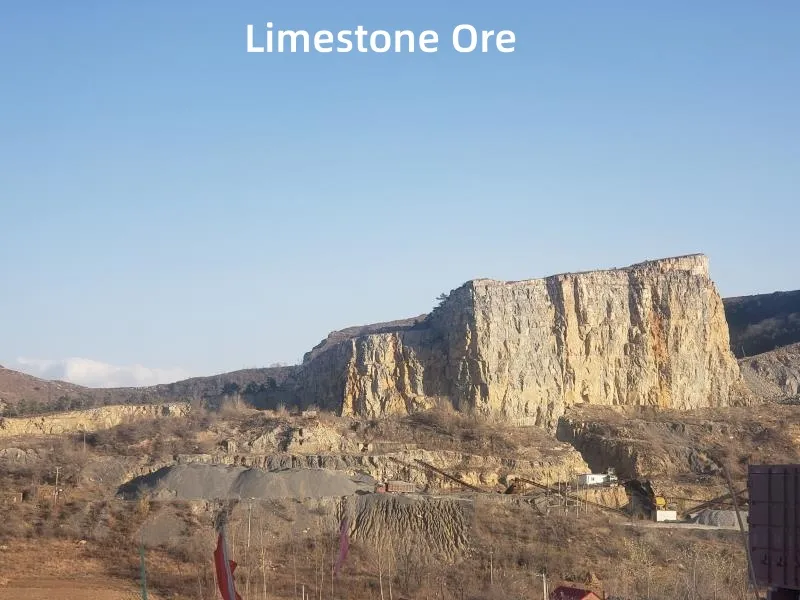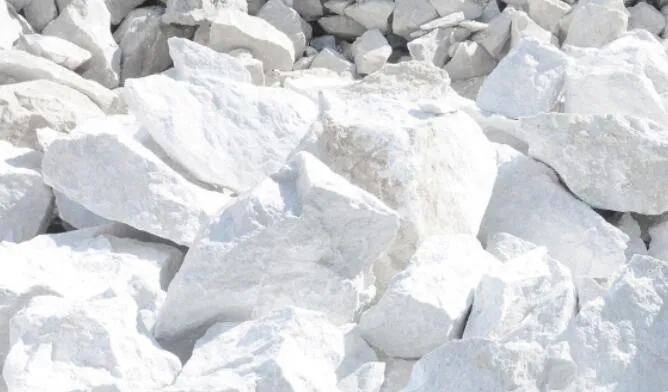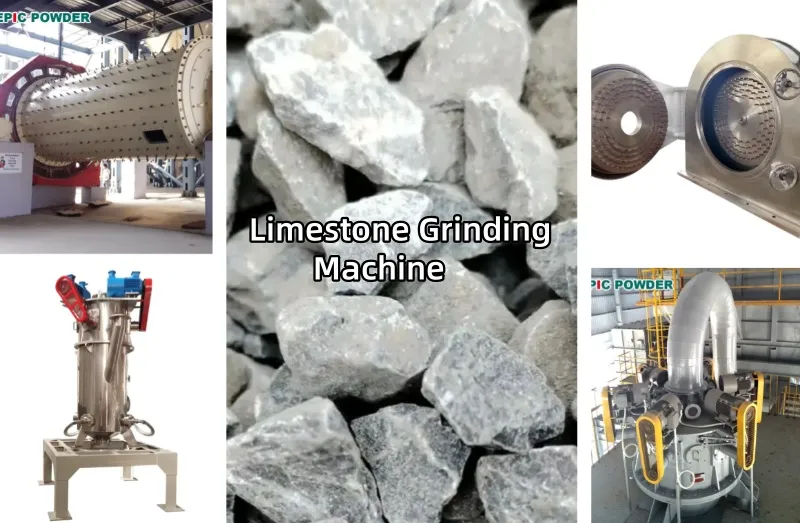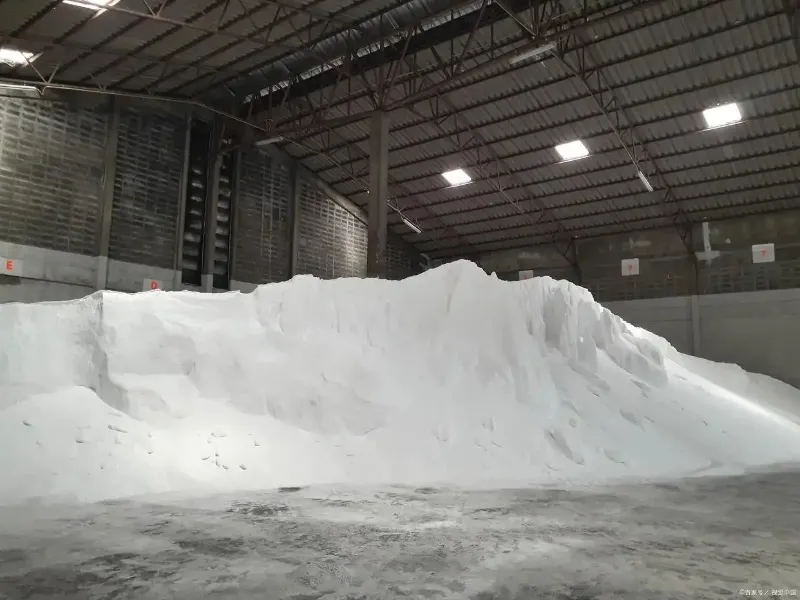In lime kiln calcination, the choice of limestone raw material is crucial. It directly affects the quality of lime products, production efficiency, and the economic benefits of enterprises. The main selection standards for limestone used in lime kilns are as follows:

Chemical Composition
- Calcium carbonate content: This is the key indicator of limestone quality. For lime kiln calcination, the CaCO₃ content should be as high as possible, generally above 90%. A higher CaCO₃ content ensures more CaO (quicklime) is produced during calcination, improving yield and quality.
- Impurity content: Strict control of impurities is required. Excess MgO reduces lime reactivity and increases the sintering temperature; MgO content should be below 3%. Other impurities such as SiO₂, Al₂O₃, and Fe₂O₃ affect purity and downstream performance and should be minimized.
Physical Properties
- Particle size: Proper size significantly impacts kiln performance. Oversized particles cause uneven heat transfer and under-burnt cores; undersized particles hinder ventilation and lower efficiency. Generally, the suitable size range is 20–100 mm, depending on kiln type and specifications.
- Size uniformity: Uniform block size ensures even distribution and stable calcination. Large differences cause uneven temperature fields, reducing lime quality and output.
- Strength: Limestone should have sufficient strength to minimize breakage during mining, transport, and handling. Weak materials produce excess fines, hindering ventilation, reducing efficiency, and increasing dust pollution.

Geological and Mining Conditions
- Deposit stability: Stable formations allow safe and efficient mining. Complex structures with faults and fractures increase difficulty and risks.
- Mining cost: Factors include equipment investment, labor, and transport. Lower-cost deposits should be prioritized to improve profitability.
- Sustainability: Consider reserves and mine life to ensure long-term raw material supply and avoid disruptions due to depletion.
Overall, selecting limestone for lime kilns requires a comprehensive evaluation of chemical composition, physical properties, and mining conditions. Only high-quality raw materials can ensure premium lime products and enhance competitiveness.
Grinding Equipment Selection

Before entering the lime kiln, limestone typically undergoes crushing, screening, and grinding to meet process requirements:
- Ordinary construction-grade limestone powder: Ball mills or vertical mills, suitable for large-scale cement and lime powder production.
- Desulfurization-grade limestone powder (D90 < 20 μm): Vertical mills or ball mills with classifiers to ensure fineness and reactivity.
- Ultrafine limestone powder (D97 < 5 μm): Jet mills or stirred mills to avoid metallic contamination and ensure high purity.
- Functional filler-grade powder (used in plastics, coatings, rubber): With surface modification equipment, dispersibility and compatibility can be improved.
Epic Powder
Through scientific raw material selection and optimized processing, high-quality lime products can be achieved. With over 20 years of experience in powder processing, Epic Powder offers integrated solutions covering crushing, grinding, classification, and modification. These solutions help enterprises maximize limestone utilization and meet diverse application needs in construction materials, environmental protection, and advanced fillers.
